After Seurat's death in 1891, Cross became one of the leaders of Neo-Impressionism, influencing many artists of his time. Henri-Edmond Cross died in 1910 in Saint-Clair, near Le Lavandou. His work had a lasting impact on the development of modern painting, influencing Fauvism and other avant-garde movements.
In 1891, Cross moved to the Mediterranean coast, where he remained until his death. During this period, the artist painted around fifteen pictures of Le Lavandou, reflecting his fascination and particular affection for the region. This painting finds a particular echo in a contemporary postcard from the same period, also depicting Le Lavandou through the pine trees.
With its small, distinct strokes of bright colour, this work is emblematic of the scientific approach to colour favoured by the Impressionists. The pine trees in the foreground, painted with touches of blue, violet and ochre, create a vibrant, dynamic scene. The sand is represented by touches of warm yellow-orange, contrasting with the cooler, bluish hues of the sky and water in the background.
As such, this watercolour is an excellent example of Cross's ability to capture the beauty of Mediterranean landscapes with an intense palette that prefigures the Fauvist painters.




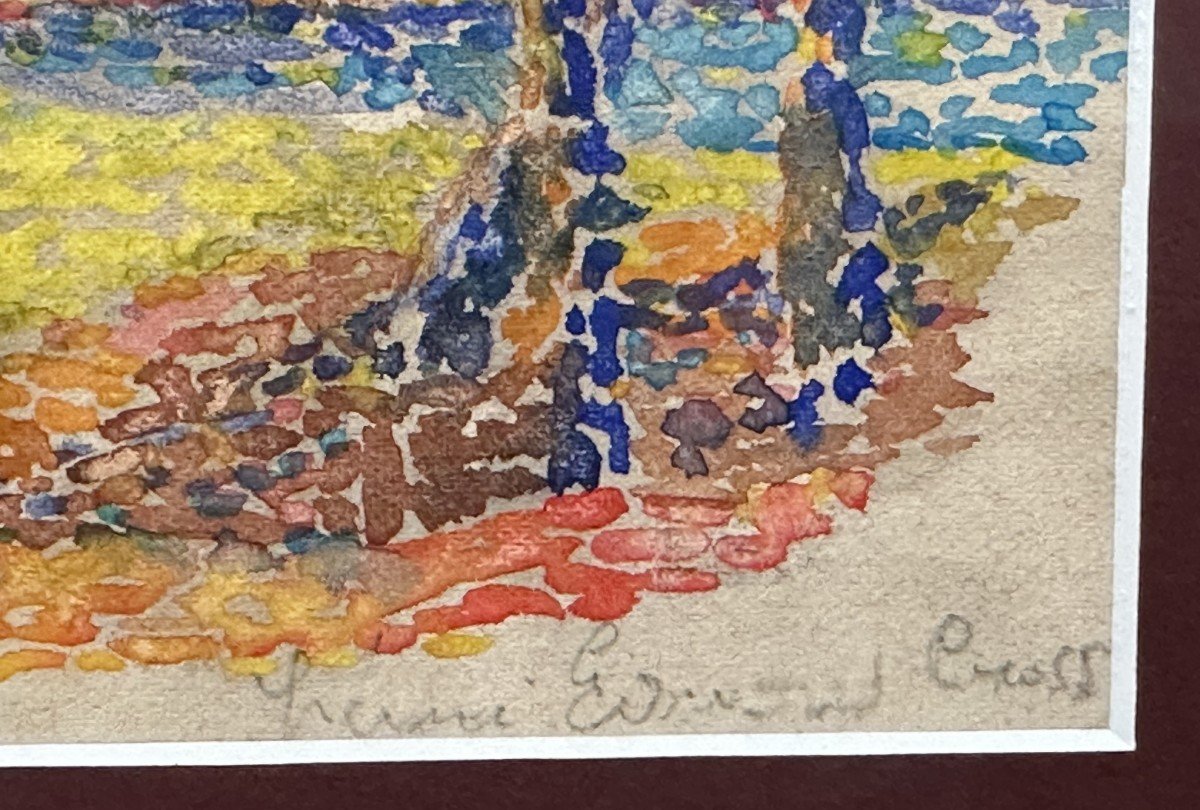







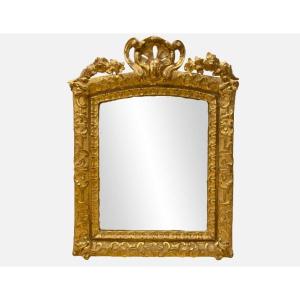
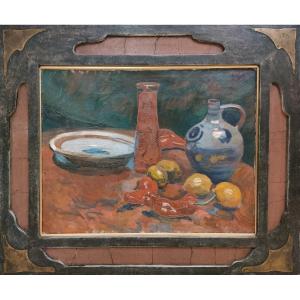


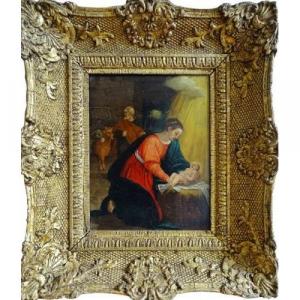
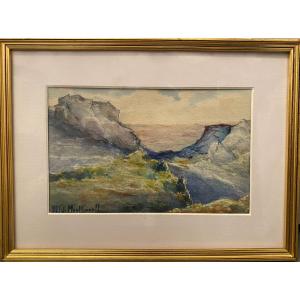


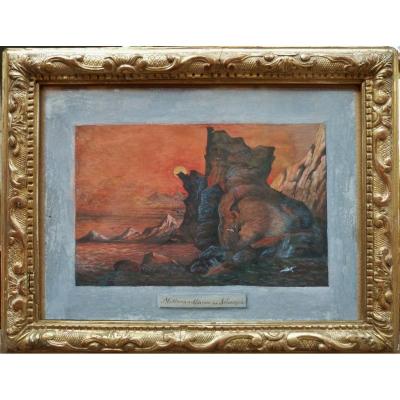

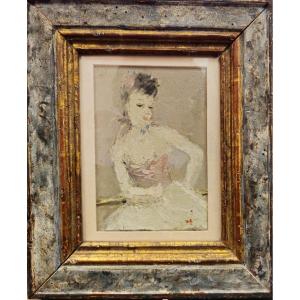


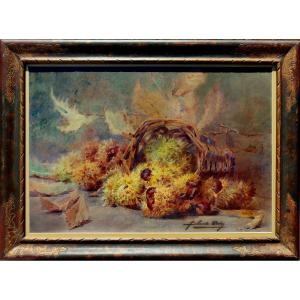







 Le Magazine de PROANTIC
Le Magazine de PROANTIC TRÉSORS Magazine
TRÉSORS Magazine Rivista Artiquariato
Rivista Artiquariato